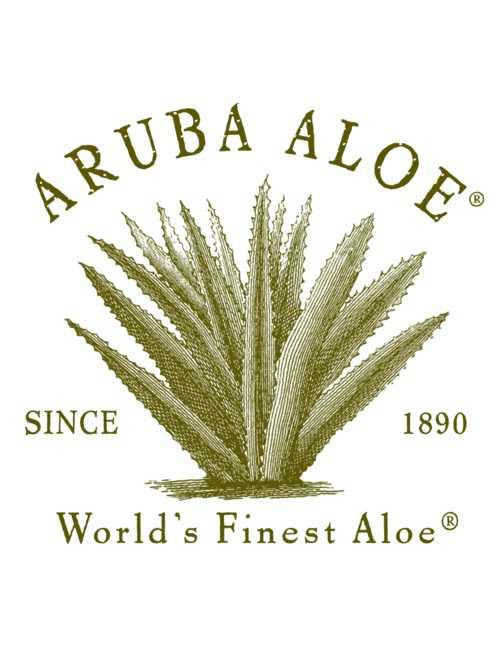| The aloe plant has been grown on Aruba since the mid-1800. The climate and the dry soil are particularly suitable for the aloe culture. The plant flourishes well here: the Aruban aloe has an aloin content of 22 %, while the content of aloin in the rest of the world is 15% at the most.
The flourishing of the aloe culture in Aruba was under Commander Jan Helenus Ferguson (1866-1871). That’s why the road that leads from downtown through the aloe fields was named after him. In the 19th century, an aloe plantation was also constructed in Socotoro; Socotoro has probably been named after the island of Sokotra or Socotora, at the time a British island in the Indian Ocean, off the coast of Yemen. That island lies on the same degree of longitude as Aruba and aloe is grown there too. The legend says that Alexander the Great, on the recommendation of Aristotle, conquered this island for the aloe that he used to cure the wounds of his soldiers. On the aloe plantation Mon Plaisir, owned by the Frenchman Louis Bazin, a for its time modern steam driven cooking installation was installed, in the beginning of 1900. In the 19th century, Aruba was the main supplier of aloin resin that was mainly used for the production of laxatives. The aloin was exported abroad, mainly to New York, but also to Hamburg and to London. The resin from the Antilles (called `Curaçao resin’ at the time) was one of the best in the world and more expensive than the other types on the market. Aruba’s share in the export of `Curaçao resin’ was over 90%. In the economy of that time, before the arrival of the oil industry, aloe meant a reasonable source of income, in particular for the small ‘cunucero’ (farmer). In times of unemployment – de dry season – the aloe culture was a good source of existence. In the beginning of 1900, the first scientific research is done on the aloe plant. This confirmed clearly the healing effect of aloin on sunburn and other burns. The arrival of the oil industry had a big impact on the labor market on Aruba and the aloe culture got a bit on the background. It was only after World War II that the aloe culture was resumed. In 1949 Casey Eman founded the first aloe factory of Aruba, under the name of Aruba Aloe Products Company. At the time, the aloe juices were locally processed to aloin and shipped to the United States. In 1951, the production of Aruban aloe amounted to about 15.000 pounds or 30% of the total world production. Recently, His Majesty King Willem-Alexander has granted the right to use the Royal Designation to the Aruban company Aruba Aloe Balm NV. It is the first time since the introduction of the Royal Designation by King William I in 1815 that the designation has been awarded to an organization in the Caribbean part of the Kingdom. The Governor of Aruba, His Excellency Alfonso Boekhoudt, handed over the Certificate and the Royal Decree belonging to the predicate to the owners of Aruba Aloe Balm NV. The Royal Designation is an award that can be awarded to associations, foundations, institutions or large companies. It means that the organization may add the Royal Designation to the name and include the Royal Crown in the logo. It symbolizes the King’s respect, appreciation and trust towards the recipient. Source: http://www.historiadiaruba.aw |
















